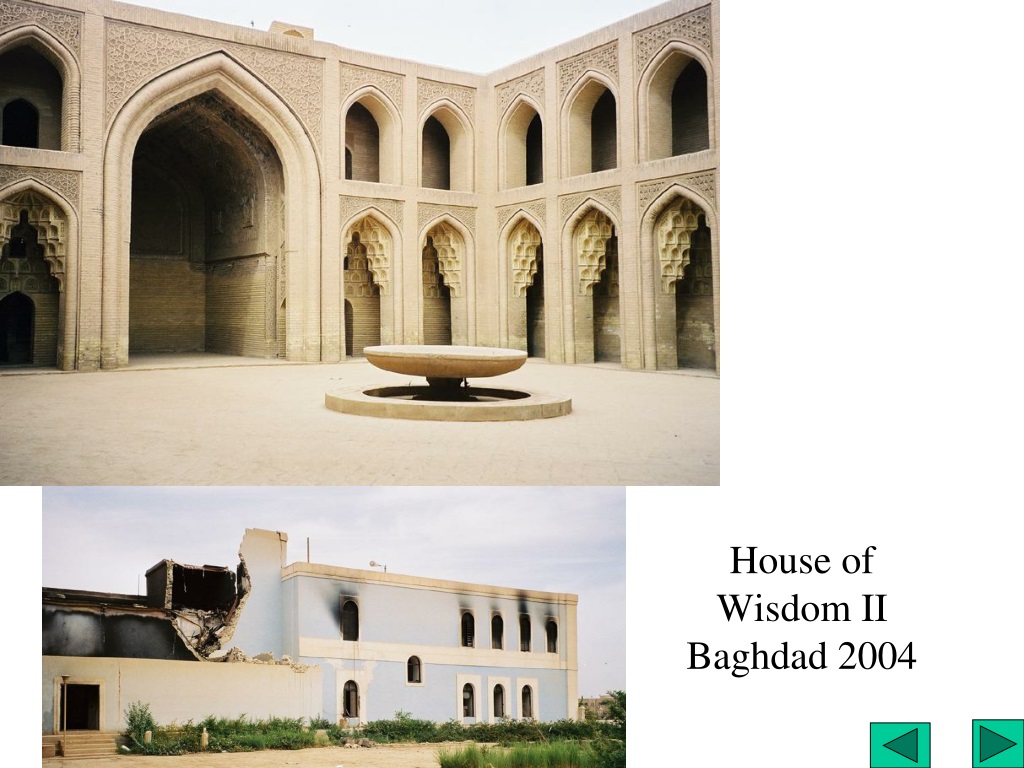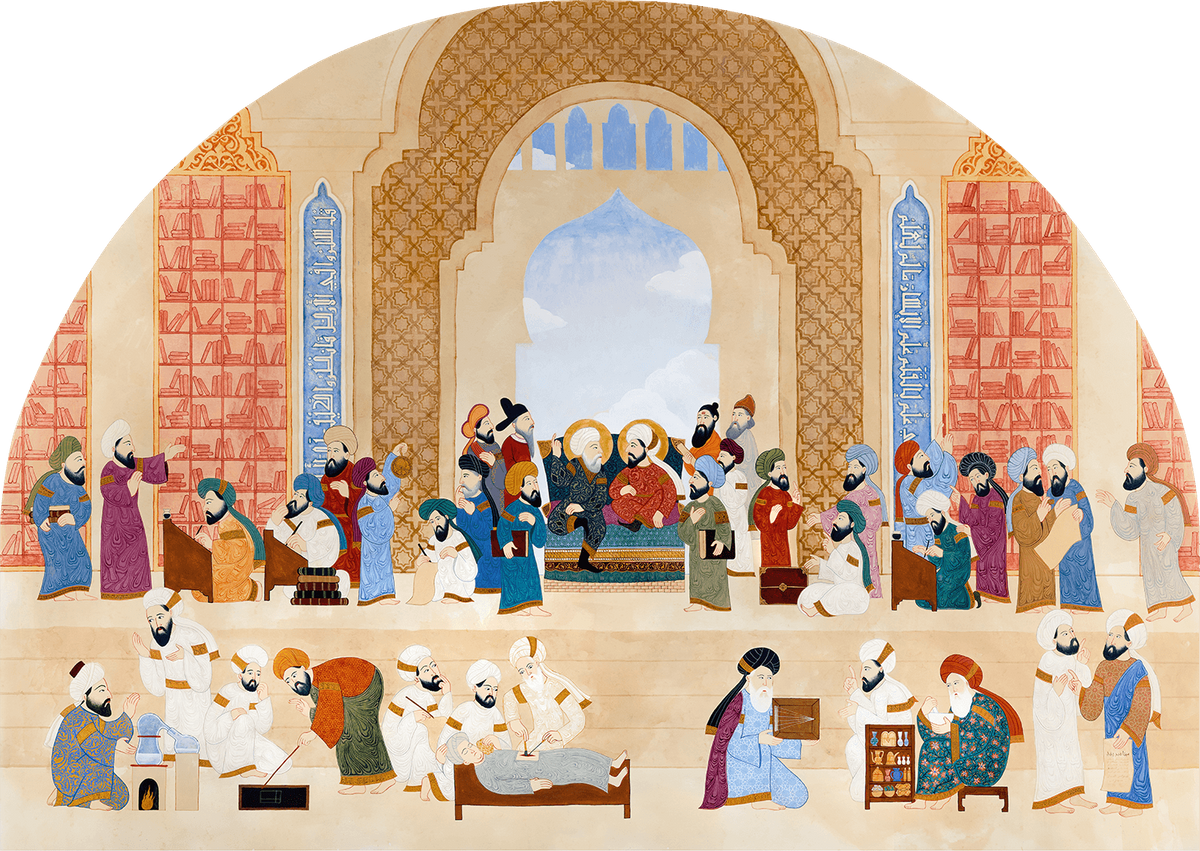Table Of Content

It became a provincial capital controlled by the Jalayirid (1400–1411), Qara Qoyunlu (1411–1469), Aq Quyunlu (1469–1508), and Safavid Persian (1508–1534) – (1624–1638) empires. Thousands of architects, engineers, legal experts, surveyors, carpenters, blacksmiths, diggers, and labourers from across the Abbasid Caliphate were brought in to survey, measure, and excavate the foundations. "They say that no other round city is known in all the regions of the world," according to Al-Khatib al-Baghdadi. Four equidistant gates pierced the outer walls where straight roads led to the center of the city.
Arabic in the Sky: Astronomy a thousand years ago
The stars and planets were perceived to influence events on earth and astrology was thus carried out with the greatest attention to detail. Bayt al-Hikmah, like Baghdad itself, was greatly enriched under the reign of Hārūn al-Rashīd (786–809). Patronage of the arts and sciences—and, of course, luxury—poured in not only from the caliph but also from the viziers and the other courtiers. The House of Wisdom (Bayt al-Hikmah) had influenced not only similar public libraries, but a new form of libraries that were for personal use and for show. One writer has estimated that some private libraries were bigger and richer than public or private, libraries in Western Europe.
Notable intellectuals
He also promoted Egyptology and participated himself in excavations of the pyramids of Giza. Al-Ma’mun built the first astronomical observatories in Baghdad, and he was also the first ruler to fund and monitor the progress of major research projects involving a team of scholars and scientists. Throughout the 4th to 7th centuries, scholarly work in the Arabic languages was either newly initiated, or carried on from the Hellenistic period. These works used a set of ten symbols to represent numbers-not letters of the alphabet, as in Baghdad and Rome.
Activity: Quiz – Early Islamic inventions
How to find the Assassin's Creed Mirage Excavation Site location - Gamesradar
How to find the Assassin's Creed Mirage Excavation Site location.
Posted: Mon, 11 Dec 2023 08:00:00 GMT [source]
At least half of the country’s large-scale manufacturing and much of its smaller manufacturing is located in the Baghdad governorate. The exception is heavy industry (petroleum, iron, steel, and petrochemicals), which is situated near the oil fields in the north (Kirkūk) and the south (in Basra and Al-Zubayr). Most economic activities are owned or controlled by the government, which both stimulates and monopolizes the country’s economic activities. War and economic sanctions contributed to the steady erosion of the city’s economic base beginning in the 1980s. As the city expanded physically, the government offered parcels of land for a minimal fee to various professional associations. Thus doctors, lawyers, army officers, and those of other occupational groups have tended to concentrate in new neighbourhoods, each with its own mosques, shops, and schools, creating a pattern of cities within the city.
Machines from the East: Mechanical innovations from Muslim Civilisation
Baghdad is situated on the Tigris River at its closest point to the Euphrates, 25 miles (40 km) to the west. The Diyālā River joins the Tigris just southeast of the city and borders its eastern suburbs. (See Tigris-Euphrates river system.) The terrain surrounding Baghdad is a flat alluvial plain 112 feet (34 metres) above sea level. Historically, the city has been inundated by periodic floods from the Tigris’s tributaries to the north and east. These ended in 1956 with the completion of a dam on the Tigris at the town of Sāmarrāʾ, north of Baghdad, and the ending of the floods has permitted extensive expansion of the city to the east and west.
When Baghdad was centre of the scientific world
Bayt al-Hikmah had its own system but sources have not stated a precise description that bind the system that the house of wisdom used to function. Caliph Al-Ma’mun is said to have encouraged translators and scholars to add to the library in the House of Wisdom by paying them the weight of each completed book in gold. People from all over the Muslim world flocked to the House of Wisdom – both male and female of many faiths and ethnicities. Most of Iraq’s manufacturing, finance, and commerce is concentrated in and around Baghdad.

To the north, urban expansion has absorbed the old townships of Al-Aʿẓamiyyah on the east bank and Al-Kāẓimiyyah on the west bank. Another group of buildings dates from the late 13th and 14th centuries (the Il-Khanid and Jalāyirid periods). These include the minaret of the caliph’s mosque (1289), the ʿAqūlī Mosque (1328), and two superb buildings constructed by the Jalāyirid governor Marjān ibn ʿAbd Allāh—the Marjān Mosque (1356), partly demolished in 1946, and the Marjān Khān (1359), a restored caravansary (inn). The Wasṭānī Gate, the only remnant of the medieval wall, has been converted into the Arms Museum.
Initially, it may have begun as a private collection by the second Abbasid caliph al-Mansur in the mid-8th century or as a library under Caliph Harun al-Rashid in the late 8th century, evolving into a public academy and library under Caliph al-Ma'mun in the early 9th century. For much of the Abbasid era, during the Islamic Golden Age, Baghdad was the largest city in the world. Its population peaked at more than one million people.[3] The city was largely destroyed at the hands of the Mongol Empire in 1258, resulting in a decline that would linger through many centuries due to frequent plagues and multiple successive empires. Whenever you look at a map, gaze at the stars or take down a phone number, think of Baghdad.
Why were there so many inventions?
The sack of Baghdad put an end to the Abbasid Caliphate, a blow from which the Islamic civilization never fully recovered. Baghdad gained significance on 3 January 2020, when Iranian major general Qasem Soleimani was killed in a U.S. drone strike at Baghdad International Airport. This is a list of notable people related to the House of Wisdom and the rise of Arab science. By measuring the position of the sun and stars, they could precisely tell the time of the day or night, or predict the moment when the sun would rise in the morning. The House of Wisdom also housed an observatory which facilitated astronomical advancements, leading to refinements of such scientific tools as the astrolabe. A point has to be made here about the term Medieval frequently used in civilisation literature.
At its height, Baghdad was estimated to have over one and half million people living in the city.[19] It may have been the largest city in the world during that time. As the capital of the modern Republic of Iraq, Baghdad has a metropolitan area estimated at a population of 7,000,000 divided into neighborhoods in nine districts. It is the largest city in Iraq, the second-largest city in the Arab world (after Cairo) and the second-largest city in West Asia (after Tehran). The Tigris splits Baghdad in half, with the eastern half being called "Risafa" and the Western half known as "Karkh". The land on which the city is built is almost entirely flat and low-lying, being of quaternary alluvial origin due to the periodic large floods which have occurred on the river. A major contribution from the House of Wisdom in Baghdad is the influence it had on other libraries in the Islamic world.
And the reign of Ma'mūn was notable for more than just the scholarly writings of these individual geniuses. Not satisfied with setting up his seat of learning, Ma'mūn ordered the building of the first astronomical observatory in Baghdad around the second decade of the ninth century. This was the only way his astronomers could check the accuracy of the various, often conflicting, Greek, Persian and Indian astronomical texts at their disposal, most notably Ptolemy's Almagest. Ma'mūn was almost fanatical in his desire to collect all the world's books under one roof, translate them into Arabic and have his scholars study them.
It was home to the House of Wisdom, an academy of knowledge that attracted brains from far and wide. Its destruction by the Mongols in 1258 led to the dispersal of its vast collection of manuscripts, with some being saved by Nasir al-Din al-Tusi. The loss symbolized the end of an era in Islamic history, highlighting the fragility of cultural and intellectual centers in the face of conquest and destruction.


No comments:
Post a Comment